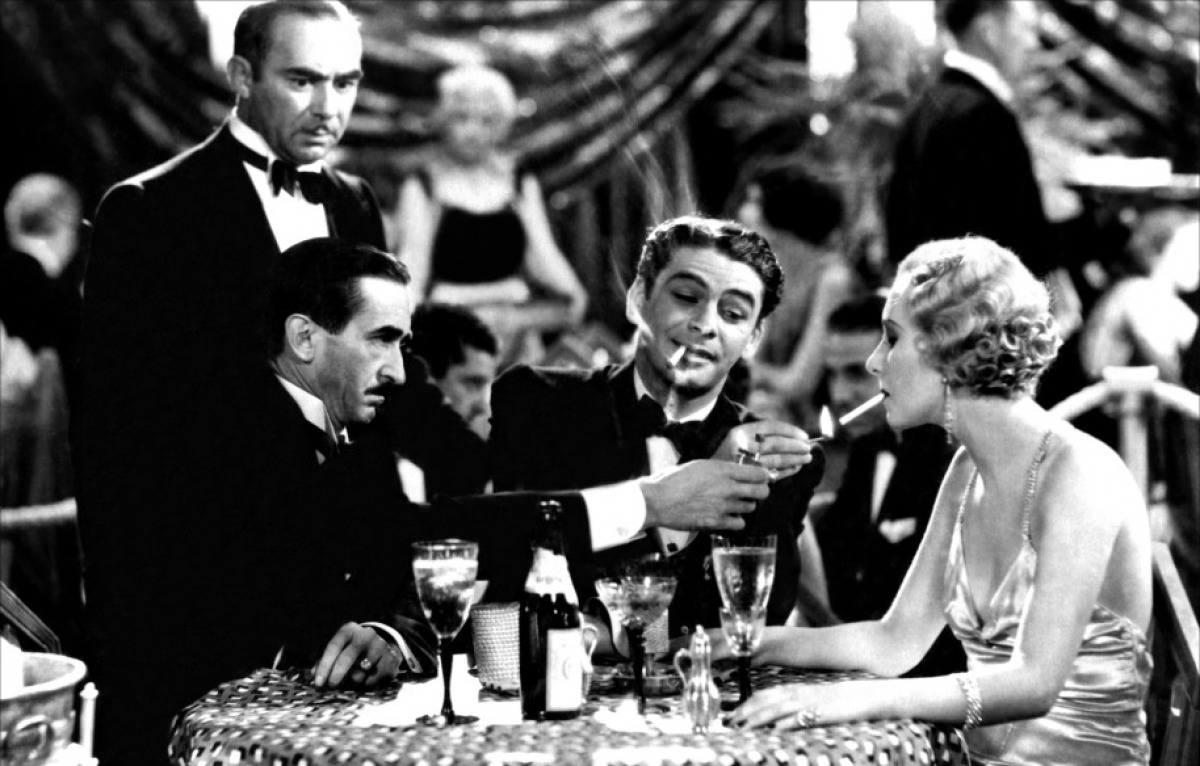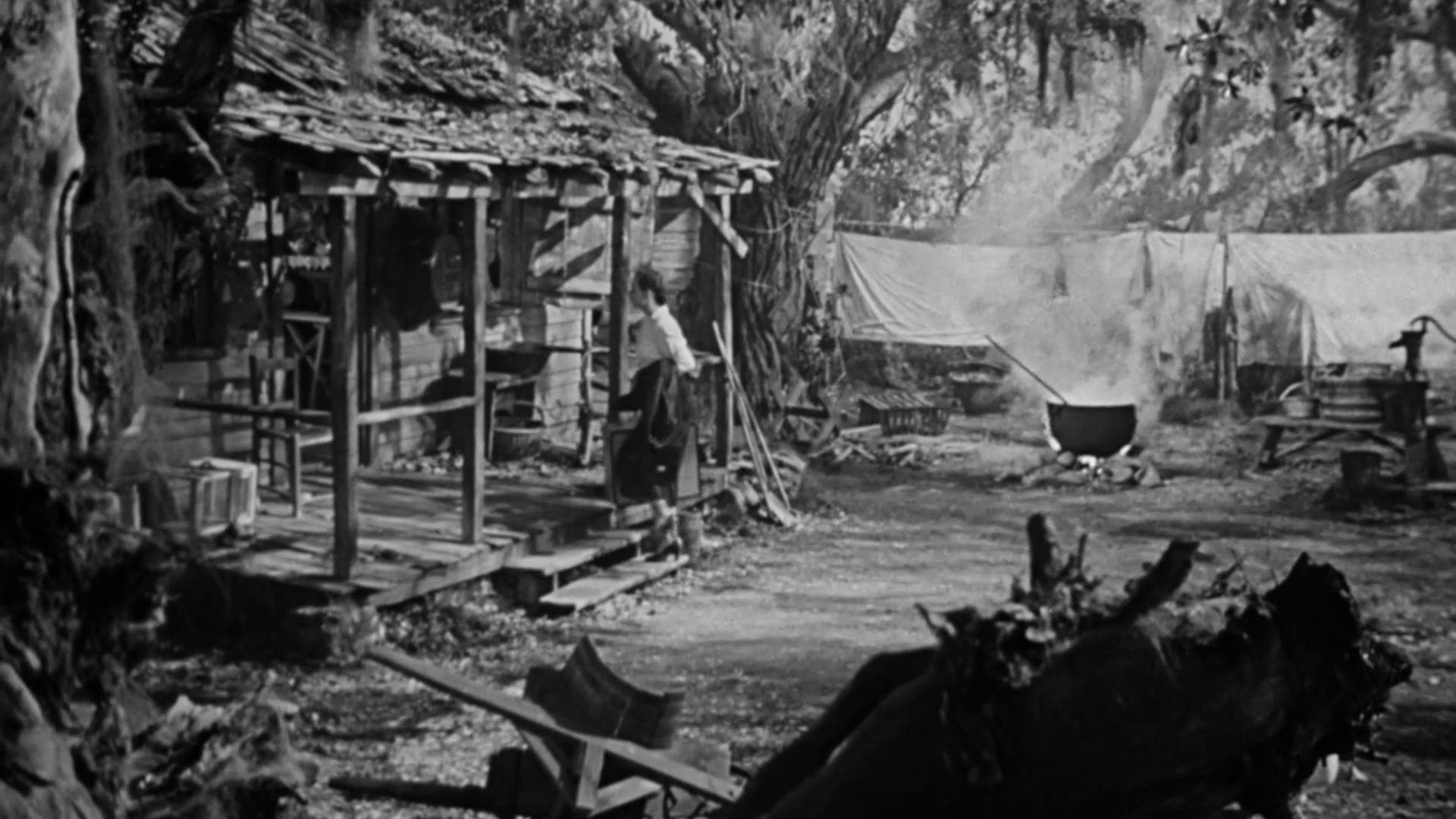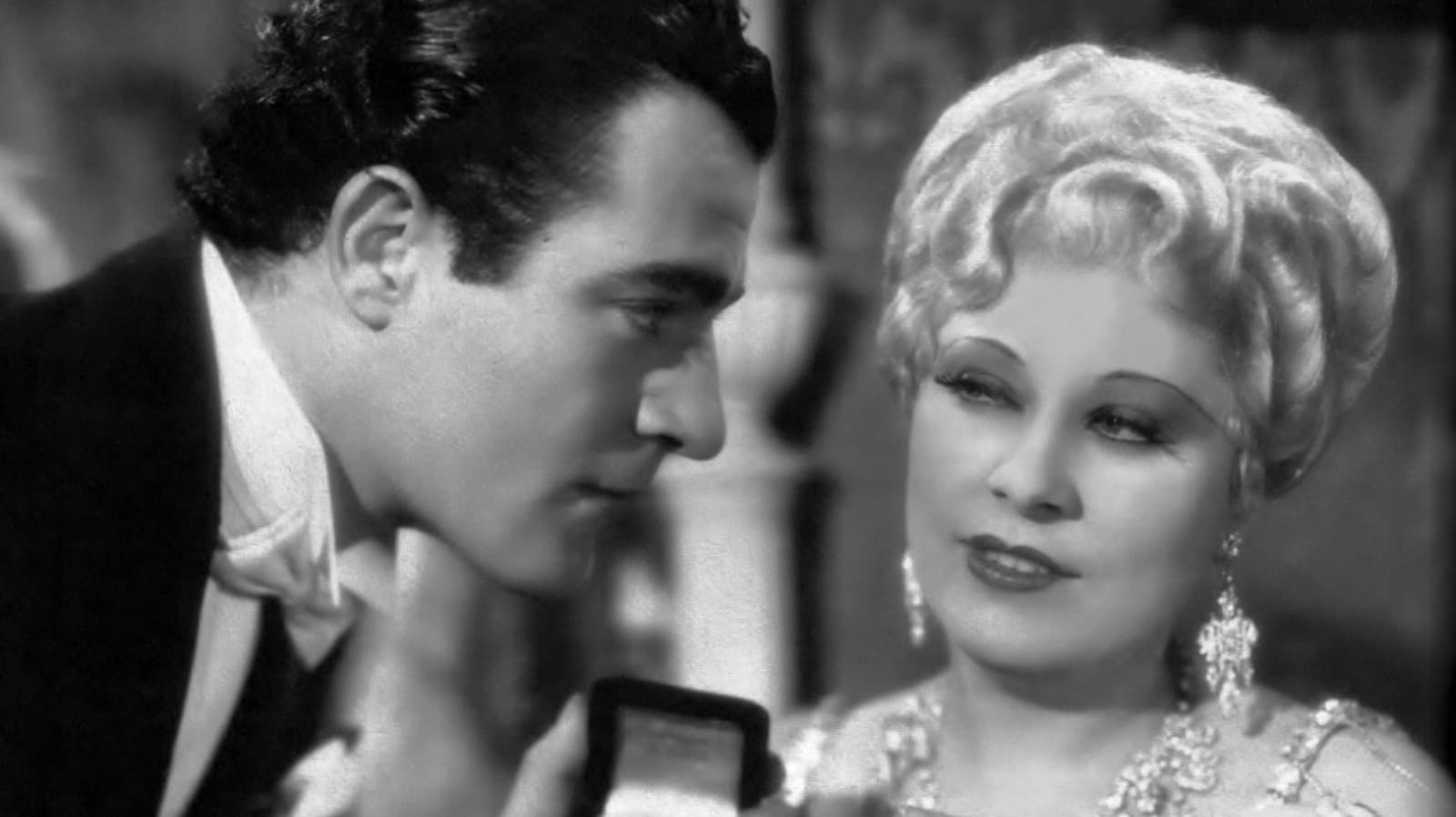Tag: censorship
-

SCARFACE: The Effects of its Censorship
Introduction Scarface is a gangster film based on the life of Al Capone, a notorious gangster in Chicago during the prohibition era.[1] United Artists followed the public’s love for gangster films and produced one of the “most iconic gangster films ever made.”[2] The film was produced in the Pre-Code Era of Hollywood, an era where…
-

PINKY: Challenging and Changing the Production Code Administration
From 1930 to 1968, the Motion Picture Production Code helped guide and censor film creators in terms of what was appropriate or inappropriate for the general audience. As time progressed, the comments that the Production Code Administration (PCA) had on films went from recommendations to strict guidelines before being disbanded in 1968. While the PCA…
-

Examining the Impact of Censorship on Themes of SHE DONE HIM WRONG
The multifaceted singer, actress, and writer Mae West “found her career on sex.”[1] West claimed her fame through Vaudeville and Broadway, and she made her way onto the big screen in Hollywood where she saw just as much success. Although West was very popular with both men and women due to her strong, feisty personality…